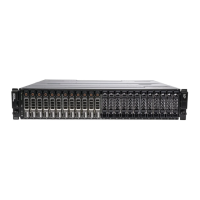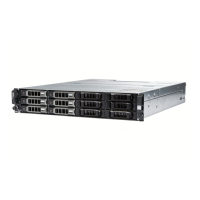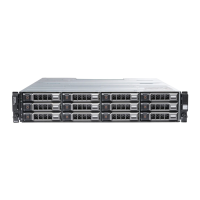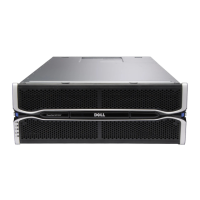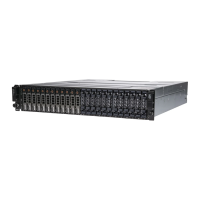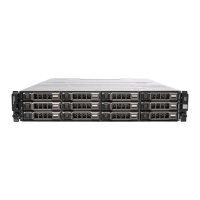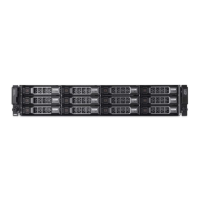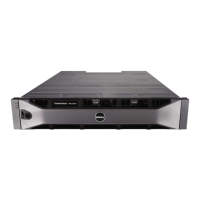106 Using the Remote Replication Premium Feature
the secondary virtual disk name, and the remote storage array name (or
WWID) are the minimum information that you need to provide. Using this
command, you can also define synchronization priority, write order, and write
mode.
The command takes this form:
create remoteReplication primary=
“primaryVirtualDiskName”
secondary=“secondaryVirtualDiskName”
(remoteStorageArrayName=“storageArrayName” |
remoteStorageArrayWwn=“wwID”) remotePassword=password
syncPriority=(highest | high | medium | low | lowest)
writeOrder=(preserved | notPreserved)
writeMode=(synchronous | asynchronous)
NOTE: You can use the optional parameters as needed to help define your
configuration.
This example shows the create remoteReplication command:
c:\...\smX\client>smcli 123.45.67.88 123.45.67.89
-c “create remoteReplication primary=
\”Jan_04_Account\”
secondary=\”Jan_04_Account_B\”
remoteStorageArrayName=\”Tabor\”
remotePassword=\”jdw2ga05\” syncPriority=highest
writeMode=synchronous;”
The command in this example creates a remote replication in which the
primary virtual disk is named Jan_04_Account on the local storage array. The
secondary virtual disk is named Jan_04_Account_B on the remote storage
array that is named Tabor. The names used in this example are similar, but
that is not a requirement for the virtual disk names in a remote replicated
pair. In this example, the remote storage array has a password that you must
enter when making any change to the storage array configuration. Creating a
remote replicated pair is a significant change to a storage array configuration.
book.book Page 106 Wednesday, June 8, 2011 12:20 PM
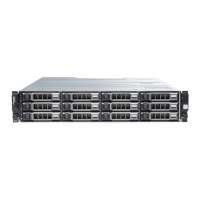
